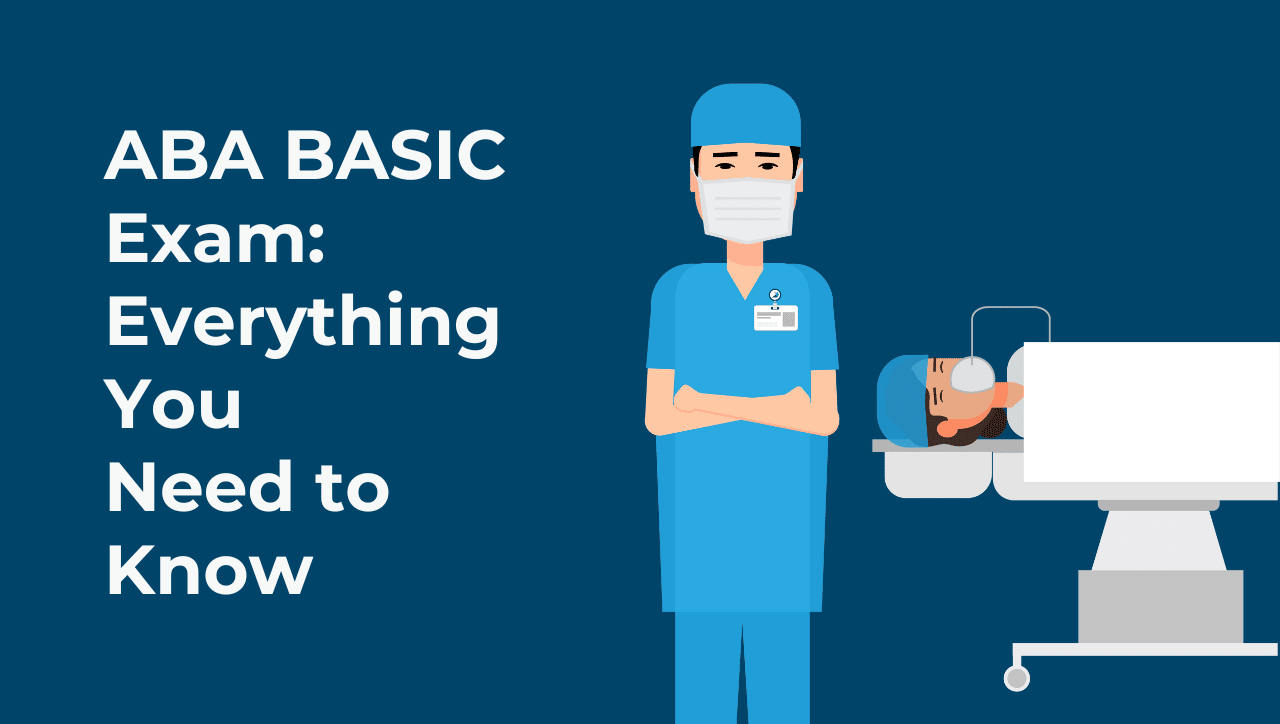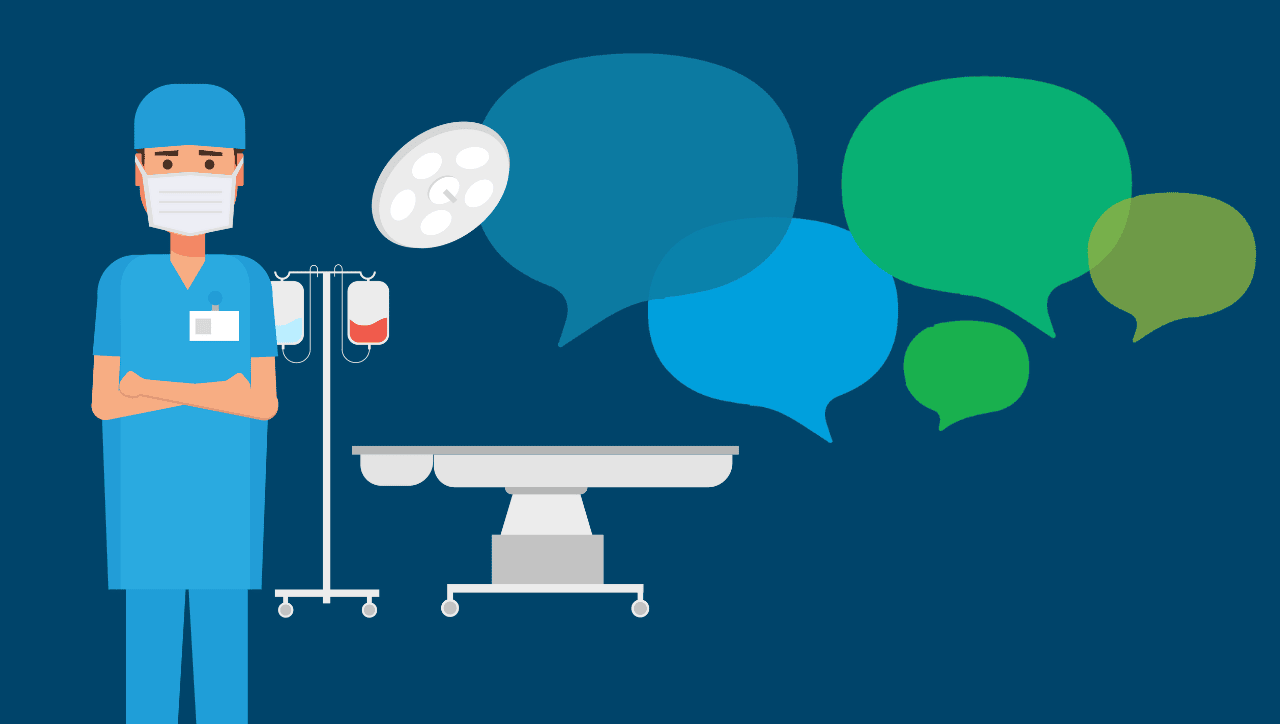Free ABA Advanced Exam Practice Question
We understand that success on the ABA Advanced Exam depends on high-quality content. That’s why we offer expertly crafted practice questions written and reviewed by anesthesia educators, continuously updated to align with the latest ABA content outline and exam blueprint.
The ABA Advanced Exam SmartBank is more than just a question bank. Each question includes in-depth explanations that break down not only why an answer is correct but also why other options are incorrect, reinforcing key concepts and enhancing your understanding. With real-time performance analytics and national benchmarking, you’ll gain valuable insights to track progress and optimize your study strategy.
Try This ABA Advanced Practice Question
A 13-month-old female toddler with developmental hip dysplasia presents for spica cast placement under general anesthesia. She is otherwise healthy and meeting developmental milestones. She was fed 4 ounces of 2% cow’s milk this morning at 5:00 AM. What is the earliest recommended time to proceed with this elective case?
A. 9:00 AM
B. 11:00 AM
C. 1:00 PM
Show The Answer Key
The Answer and Explanation
Did you get it right? The correct answer is B.
In a healthy toddler who ingested cow’s milk at 5:00 AM, the earliest recommended time to proceed with an elective case under general anesthesia is 11:00 AM. According to the American Society of Anesthesiology (ASA) Practice Guidelines on Preoperative Fasting, nonhuman milk may be ingested for up to 6 hours before elective procedures requiring general anesthesia, regional anesthesia, or sedation. The fasting period for cow’s milk is longer than for breast milk due to its longer gastric emptying time.
Patients are fasted before anesthesia and sedation to minimize the risk of pulmonary aspiration of gastric contents. The practice is based on the idea that fasting allows time for gastric emptying and thus reduces the risk of aspiration during anesthesia. Preoperative fasting originated in 1883 when Joseph Lister advised against “solid matter” in the stomach when chloroform was administered. In 1946, Curtis Mendelson observed that aspiration of gastric hydrochloric acid due to vomiting during obstetric anesthesia led to respiratory distress. He found that patients who ingested food shortly before their surgical procedure were more likely to aspirate gastric contents. Prolonged preoperative fasting became the standard of care, and “nil per os” (NPO) after midnight became the recommended practice of the ASA.
In the past few decades, however, prolonged fasting has been challenged. It is recognized that fasting can lead to significant dehydration and hypoglycemia in high-risk groups such as infants and patients with chronic disease or metabolic dysfunction. Additionally, research in the area found no significant increase in gastric volume or acidity when clear fluids were consumed 2-3 hours pre-procedure. Prolonged fasting has been further challenged with the emergence of Enhanced Recovery After Surgery (ERAS), which found longer preoperative fasting times to be associated with accelerated protein catabolism, insulin resistance, and increased inflammatory markers postoperatively.
The ASA updated its preoperative fasting guidelines first in 1999, then again in 2011 and 2017 to the current recommendations listed below. These guidelines pertain specifically to healthy patients undergoing elective surgeries.
| American Society of Anesthesiology Preoperative Fasting Guidelines | |
| Material Ingested | Minimum Fasting Period (hrs) |
| Clear liquids | 2 |
| Breast milk | 4 |
| Infant formula | 6 |
| Non-human milk, light meal | 6 |
| Fried foods, fatty foods, meats | 8 |
Incorrect Answer Explanations
Answer A: Breast milk may be ingested for up to 4 hours before elective procedures requiring general anesthesia, regional anesthesia, or sedation with analgesia.
Answer C: Fatty foods, fried foods, and meats require a minimum preoperative fasting period of 8 hours before elective procedures requiring general anesthesia, regional anesthesia, or sedation with analgesia.
Bottom Line:
According to the American Society of Anesthesiology (ASA) Practice Guidelines for Preoperative Fasting, non-human milk may be ingested for up to 6 hours before elective procedures requiring general anesthesia, regional anesthesia, or sedation and analgesia.


